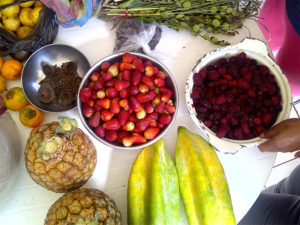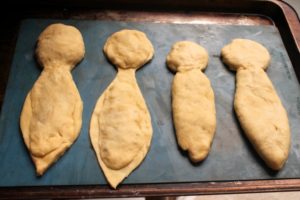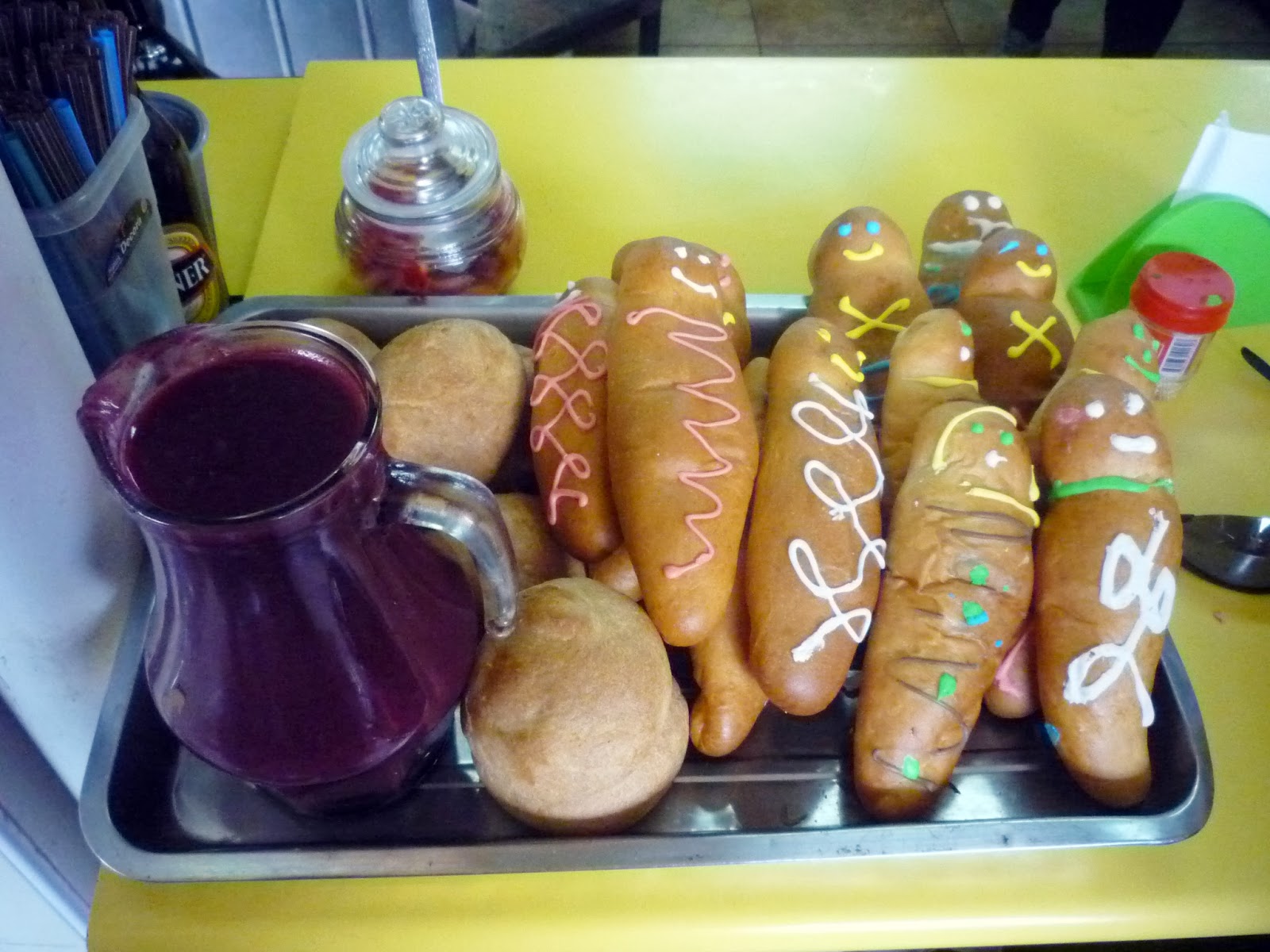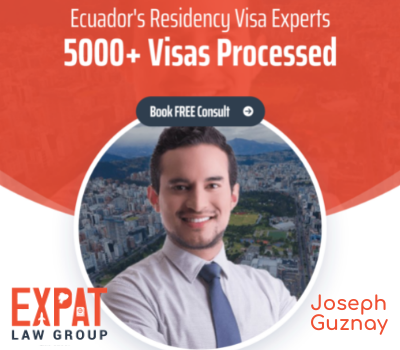Colada Morada and Guaguas de Pan have a deep history in Ecuador and other parts of South America. You’ve seen them around the city of Cuenca, and maybe other parts of Latin America – where does the tradition come from? Read on to discover the history and meaning behind a beloved Cuencano tradition.
What is Colada Morada?
Colada Morada is a purple fruit beverage traditionally prepared for Dia de los Difuntos (Day of the Deceased). The drink gets its purple color from purple corn flour and mortino (huckleberry). Colada morada is sweet and typically served warm, although it can be taken cold as well. It is made by boiling the cornflower, mortino, a mix of herbs (such as lemongrass, cedron and anise), spices (such as canela), and a combination of chopped fruits (mora, strawberry, pineapple and babaco to name a few).

The colada morada is traditionally served with guaguas (pronounced wa-wa) de pan. The name of the baby-shaped bread comes from Quechua and signifies “newborn baby.” The bread is sweet and fluffy and is decorated with a face and clothes.
You can find the beverage around town served in plastic cups for about 60 cents, and as a combo with the bread for about $1.
Where Does The Tradition Come From?
The gastronomic tradition is a great example of the mixture of indigenous culture that still thrives in Cuenca. Dia de los Difuntos is on November 1, falling just after the Catholic Church’s Dia de Todos Santos (All Saint’s Day) and just before Fiestas de Cuenca on November 3 (celebrating Cuenca’s independence). The first week of November is full of holidays that blend Ecuador’s deep history of indigenous cultures and Spanish colonialism.
While you can find the colada morada and bread all around town, the combination is typically prepared by families in the home to bring to the cemetery on November 2, Dia de los Difuntos. Cuencanos, and many other Latino cultures, still celebrate this Incan tradition of visiting their loved ones in the cemetery.

It is said that they share the drink with the deceased, and they are given life and happiness in the grave. The purple color of the drink represents the blood of the deceased, and the color of the bread represents their skin. To go to the cemetery together is a family tradition, wherein shared food and prayers show their beloved deceased the unity and support of the family, and the family is reminded that the spirit of their loved ones are with them for life.
Coincides with Cuenca Festival
In 2021, Dia de los Difuntos falls within the massive Cuenca festival that is celebrating 201 years of independence. There are so many events it’s hard to know where to even start planning.
Our suggestion – download the official 88-page guide (translated to English) and also check out our Cuenca Events calendar.

















